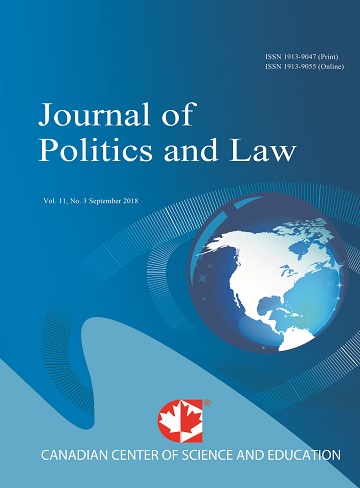The Little Prince, Race and the Five Planets of Racism
- Herman Salton
Abstract
This article takes an unconventional approach to the issue of ‘race’. It illustrates the complexity and inter-disciplinarity of the racial phenomenon by blending child-like and adult-like perspectives and, as such, it is written half as a fable and half as an academic article. It puts forward a number of arguments. First, the piece suggests that five key dimensions of racism exist—namely, the historical, the philosophical, the scientific, the legal and the economic—and that they are regularly used to justify and rationalise something (racial prejudice) that is often irrational. Second, the article highlights the ‘banality’ of racism—an attitude that stems from mankind’s diffidence towards diversity, exploits such fear and encourages forms of passivity that, as Hannah Arendt noted, are the best way of ‘banalising’ evil and making it appear tolerable. The fanciful classifications of ‘races’—such as those articulated in South Africa’s apartheid, where poor Chinese were regarded as ‘yellows’ while wealthy Japanese were classified as ‘honorary whites’—are cases in point. Third, the piece argues that racial discrimination is often unrecognised, internalised and unquestioned by society: since racial attitudes are learnt in childhood and become part of our cultural baggage, they are extremely difficult to identify and eradicate. Finally, the article suggests that racism is not only ‘banal’ but also highly convenient: racists do not need to know the individual, they just need to know the characteristics of the group to which that individual is thought to belong. The piece concludes in favour of a neglected right for children: the right to be left free from racism.
- Full Text:
 PDF
PDF
- DOI:10.5539/jpl.v6n2p145
Journal Metrics
h-index (2017): 14
i10-index (2017): 39
h5-index (2017): 9
h5-median (2017): 11
Index
- Academic Journals Database
- ACNP
- ANVUR (Italian National Agency for the Evaluation of Universities and Research Institutes)
- Berkeley Library
- CNKI Scholar
- COPAC
- CrossRef
- DTU Library
- EBSCOhost
- Elektronische Zeitschriftenbibliothek (EZB)
- EuroPub Database
- Excellence in Research for Australia (ERA)
- Genamics JournalSeek
- GETIT@YALE (Yale University Library)
- Ghent University Library
- Google Scholar
- Harvard Library
- HeinOnline
- INDEX ISLAMICUS
- Infotrieve
- Jisc Library Hub Discover
- JournalGuide
- JournalTOCs
- LOCKSS
- MIAR
- Mir@bel
- NewJour
- Norwegian Centre for Research Data (NSD)
- Open J-Gate
- PKP Open Archives Harvester
- Publons
- Pubmed journal list
- RePEc
- ROAD
- Scilit
- SHERPA/RoMEO
- Standard Periodical Directory
- Stanford Libraries
- UCR Library
- Ulrich's
- UniCat
- Universe Digital Library
- UoS Library
- WorldCat
- Zeitschriften Daten Bank (ZDB)
Contact
- William TaiEditorial Assistant
- jpl@ccsenet.org
